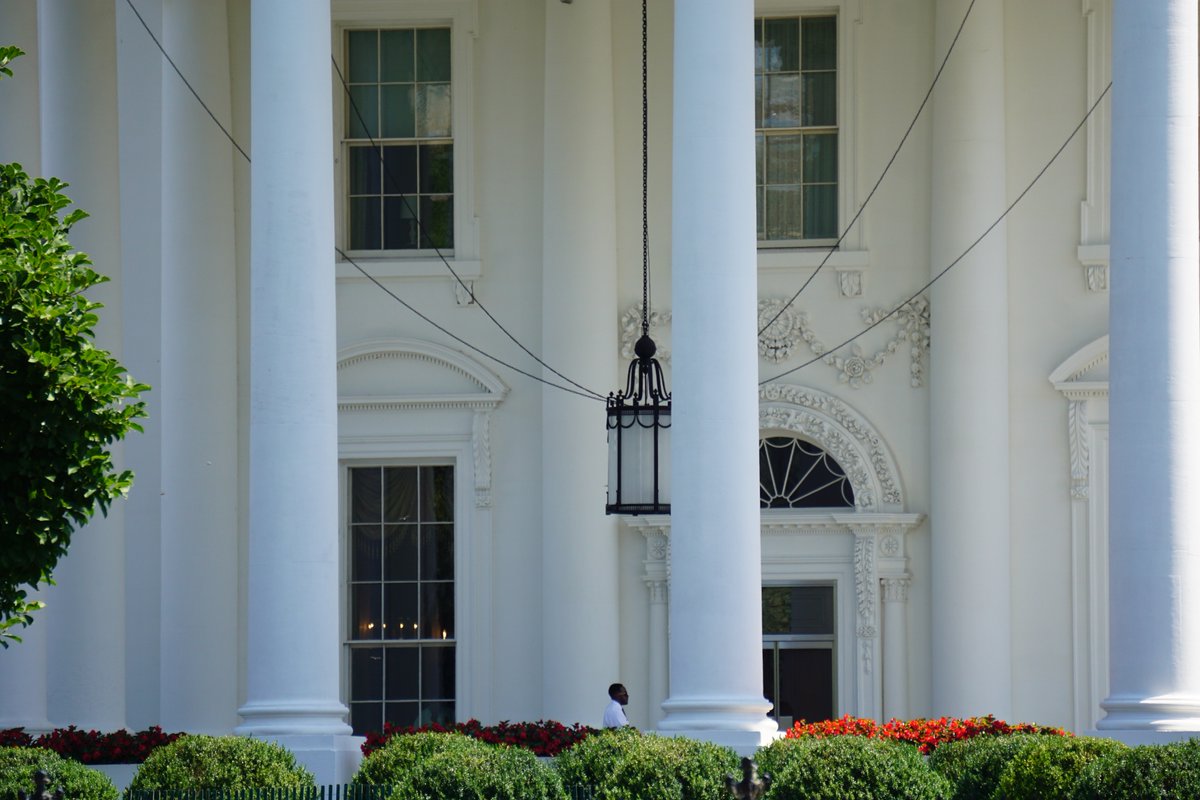The United States government has officially entered a shutdown as of 12:01 AM EDT on October 1, 2025, following a failure by Congress to pass a critical spending bill.
The shutdown, which marks the first in nearly seven years, has significant implications for federal operations and the economy, placing hundreds of thousands of federal employees on unpaid leave or requiring them to continue working without compensation.
The breakdown in negotiations was largely attributed to partisan divisions, as Senate Democrats blocked a Republican-backed funding proposal that would gut Medicare and social spending. In a dramatic move, Republican lawmakers locked the Congressional Chamber doors before abandoning the session altogether, underscoring the deep-seated conflicts plaguing Washington. As a direct consequence of this political impasse, numerous federal services will be affected, with non-essential government operations halting indefinitely. Many government employees are preparing for mass furloughs, while those deemed essential will continue to work without pay, contributing to growing frustration among federal workers and stakeholders.
Republican Cruelty
Republicans insist on massive spending cuts for healthcare already anemic in the US; the two parties locked in a stalemate over health care subsidies. If the shutdown lasts three weeks, the unemployment rate could spike to 4.6%-4.7% from the 4.3% in August as furloughed workers are counted as temporarily unemployed, according to Bloomberg Economics.
In the hours leading up to the shutdown, President Donald Trump took to social media to share that he was watching a golf match, drawing criticism regarding his activities during this critical juncture. Observers have noted that Trump’s first year back in public life has included significant time spent on the golf course, with taxpayers estimated to have incurred costs exceeding $85 million during his outings.
Market reactions to the shutdown have been immediate, with investors expressing concern over potential economic fallout, as stocks retreated and gold prices surged to record highs. Analysts warn that prolonged uncertainty in government operations could cost the US economy billions. This shutdown marks a troubling continuation of tumultuous political maneuvering within Congress, reflecting the challenges lawmakers face as they attempt to navigate complex budgetary issues.
As both parties remain entrenched in their positions, the outlook for a swift resolution remains bleak, with implications for millions of Americans who depend on federal services. With the stalemate ongoing and no immediate plans for negotiation, the situation is rapidly evolving. The U.S. government stands at a crossroads, with the potential for significant ramifications in the days and weeks to come.

